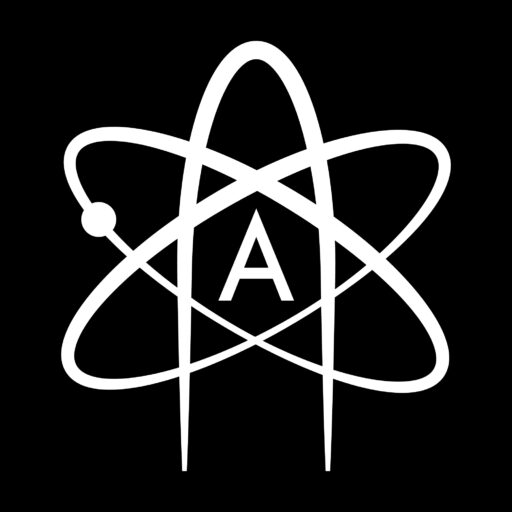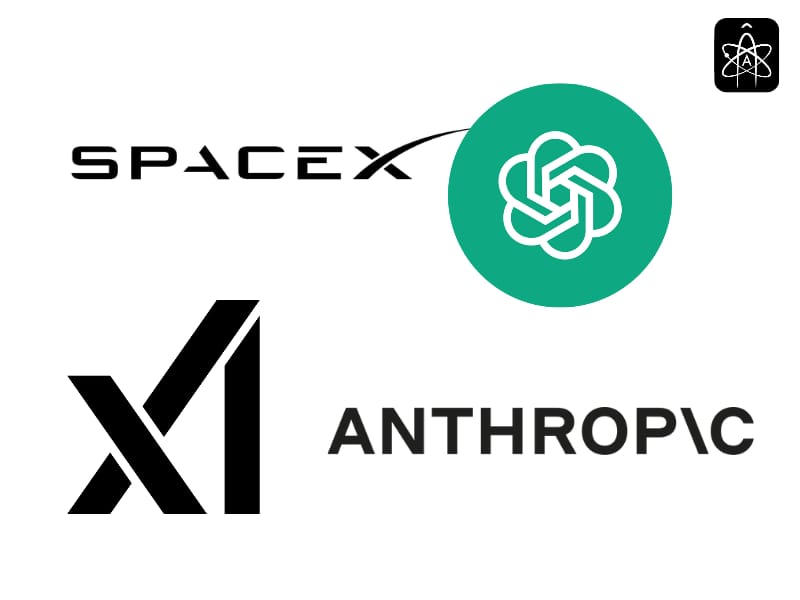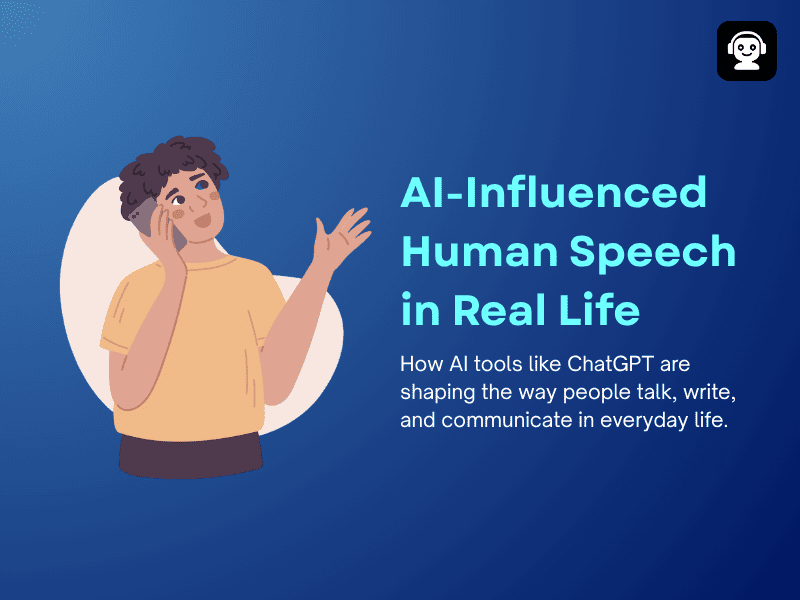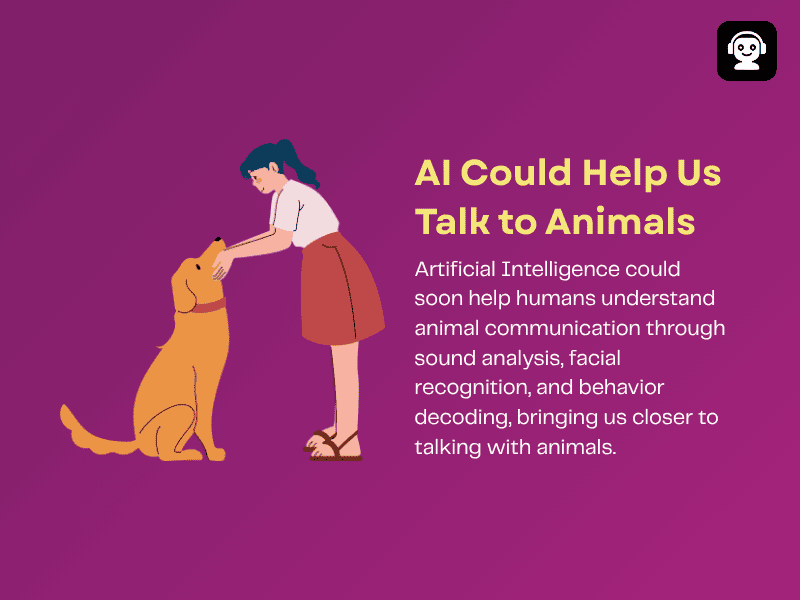NVIDIA Silicon Photonics Interconnects: Future of AI Networking 2025
Artificial Intelligence has been running at full throttle, but here is a small twist, as it is not just
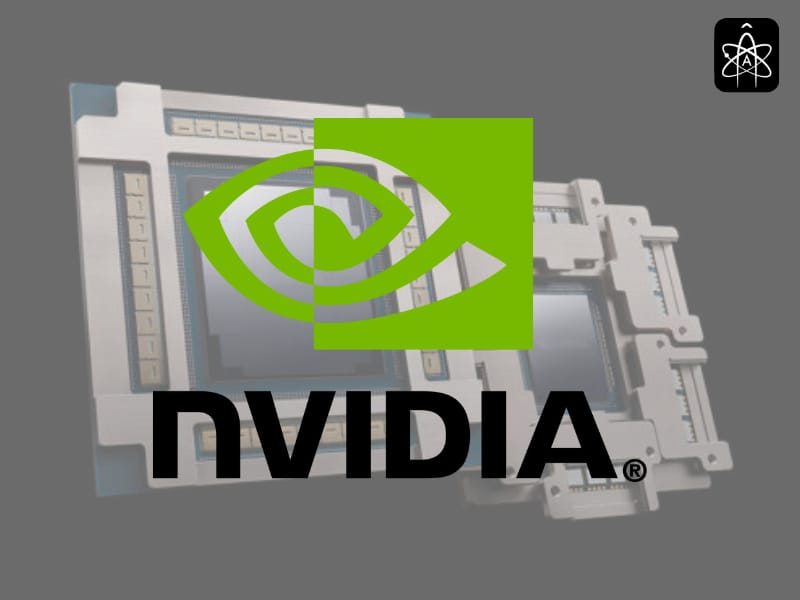
Artificial Intelligence has been running at full throttle, but here is a small twist, as it is not just GPUs and models getting the spotlight right now. The very cables and connections linking these GPU clusters are now the real bottleneck, and NVIDIA Silicon Photonics interconnects the road of data transfer.
The NVIDIA Silicon Photonics interconnects and enters silicon photonics and co-packaged optics (CPO). The CPO is a mouthful of tech jargon that especially means using light, not electricity, to move information at blinding and quick speeds. Earlier in 2025, NVIDIA gave a sneak peek into the shift and at the Hot Chips conference on its upcoming Quantum-X and Spectrum-X photonics solutions.
This is not just any other incremental progress; but it is a complete restructuring of how future AI clusters will be wired. In a world where GPUs number is in the tens of thousands and each one demands lightning-fast communication, the NVIDIA Silicon Photonics interconnects could make or break the future of AI computing.
Why NVIDIA is Betting on Silicon Photonics
The AI boom is turning GPU clusters into digital cities, and to function as one seamless unit, these must communicate properly. There is, however, a problem, and that is traditional copper cables and pluggable optical modules simply cannot keep up. The real question here is why NVIDIA is betting on Silicon Photonics.
When racks expand and form connections, copper becomes very unreliable, and at speeds like 800 Gb/s, copper cables are not impractical. Optical modules step in, but they too have weaknesses, and that is signal leaving the ASIC must travel through board traces and connectors before getting converted to light.
The answer to this is NVIDIA Silicon Photonics interconnects, and instead of converting signals to light after a long trip across the board, CPO integrates the optical engine next to the ASIC. This is similar to moving from gas-guzzlers to sleek EVs overnight, as it slashes electrical loss to just 4 decibels.
The Gains of Co-Packaged Optics
The gains of Co-Packaged Optics are majorly related to efficiency and reliability across the board, and the differences are not small, but they are dramatic. The major difference is in lower energy costs and greener AI clusters through 3.5x higher power efficiency. It also promises fewer errors and stronger connections, which is critical for massive AI workloads with 64x better signal integrity.
With very few active devices, there are very few points of failure as well because of the 10x higher resilience in CPOs. There is also an advantage of 30% faster deployment, and very few components make building and servicing clusters simpler. This is like running a data centre where users’ cooling bills drop and users’ scaling becomes plug-and-play faster than before.
TSMC’s COUPE Roadmap
The NVIDIA Silicon Photonics interconnects a close partnership with TSMC and its COUPE, which stands for Compact Universal Photonic Engine platform. The evolution of COUPE aligns well with NVIDIA’s ambitions:
- First Gen: The optical engine for OSFP connectors = 1.6 Tb/s with lower power.
- Second Gen: The CoWoS packaging with CPO = 6.4 Tb/s at the motherboard level.
- Third Gen: The full processor-level integration = 12.8 Tb/s with ultra-low latency.
If NVIDIA Silicon Photonics interconnects and TSMC’s COUPE roadmap works out by the late 2020s, NVIDIA’s networking could bring a great revolution, as its GPUs have. The idea of 12.8 Tb/s connections is directly linked to processor packages, and this is quite mind-boggling.
Read more: Top Unicorn Companies 2025: SpaceX, OpenAI, and Global Unicorn Valuations 2025
Read more: Japanese Venture Capital in Africa: $20M Fund Targets Startups
AI’s Future Here
The main question is about AI’s future here, and AI training is not just about GPUs. It is about how these GPUs talk to each other, as every delay and every signal loss slows down progress. The clusters grow to tens of thousands of GPUs, and these invisible bottlenecks could hold back entire industries as well.
The NVIDIA Silicon Photonics interconnects is not just a technical upgrade, but rather it is a survival strategy. Without it, the next-gen models might take several months instead of weeks to train, and with this, AI development stays on a rocket trajectory as well.
